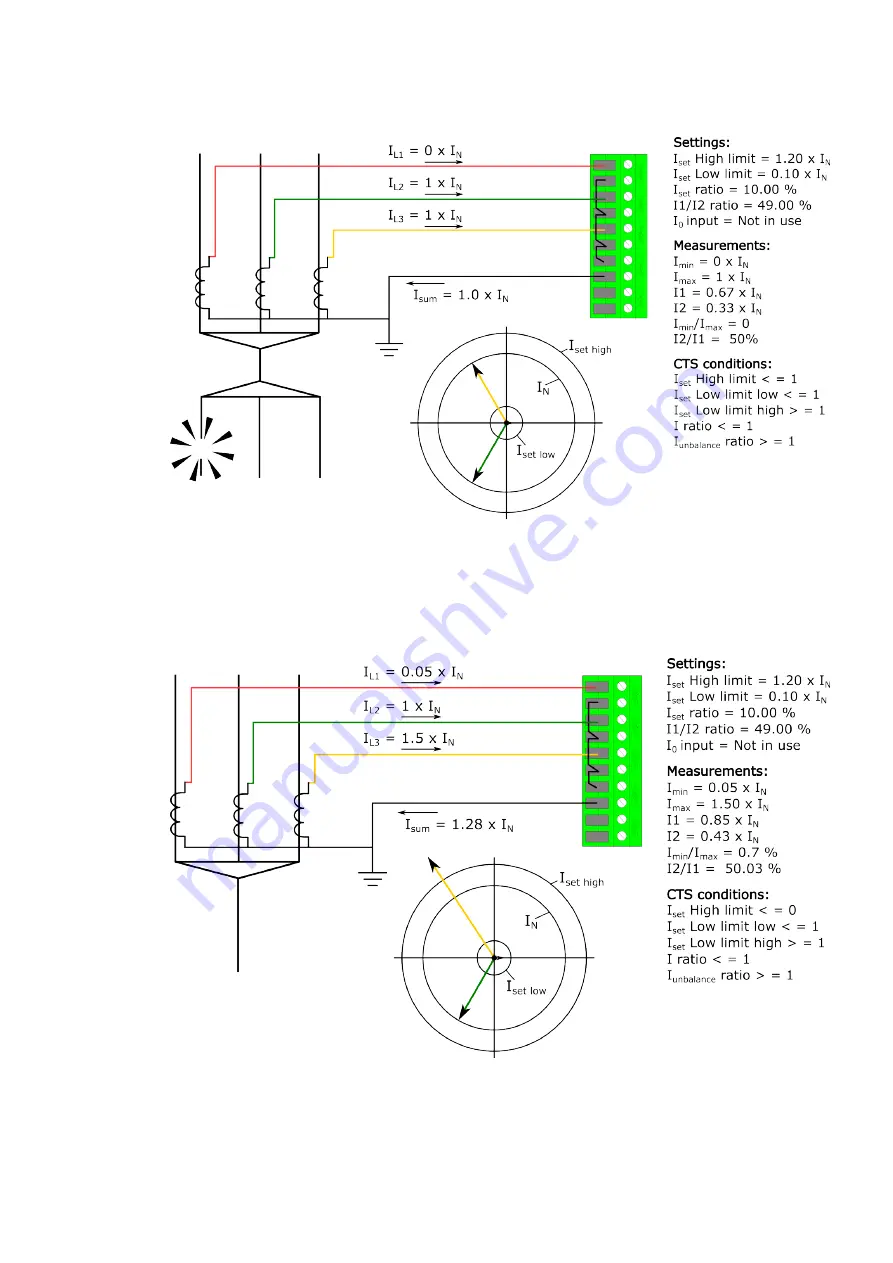
Figure. 5.5.1 - 235. Primary circuit fault in phase L1 wiring.
In this example, distinguishing between a primary fault and a secondary fault is impossible. However,
the situation meets the function's activation conditions, and if this state (secondary circuit fault)
continues until the set time has passed, the function issues an alarm. This means that the function
supervises both the primary and the secondary circuit.
Figure. 5.5.1 - 236. No wiring fault but heavy unbalance.
If any of the phases exceed the
I
set
high limit setting, the operation of the function is not activated. This
behavior is applied to short-circuits and earth faults even when the fault current exceeds the
I
set
high
limit setting.
A
AQ
Q-F215
-F215
Instruction manual
Version: 2.04
370















































